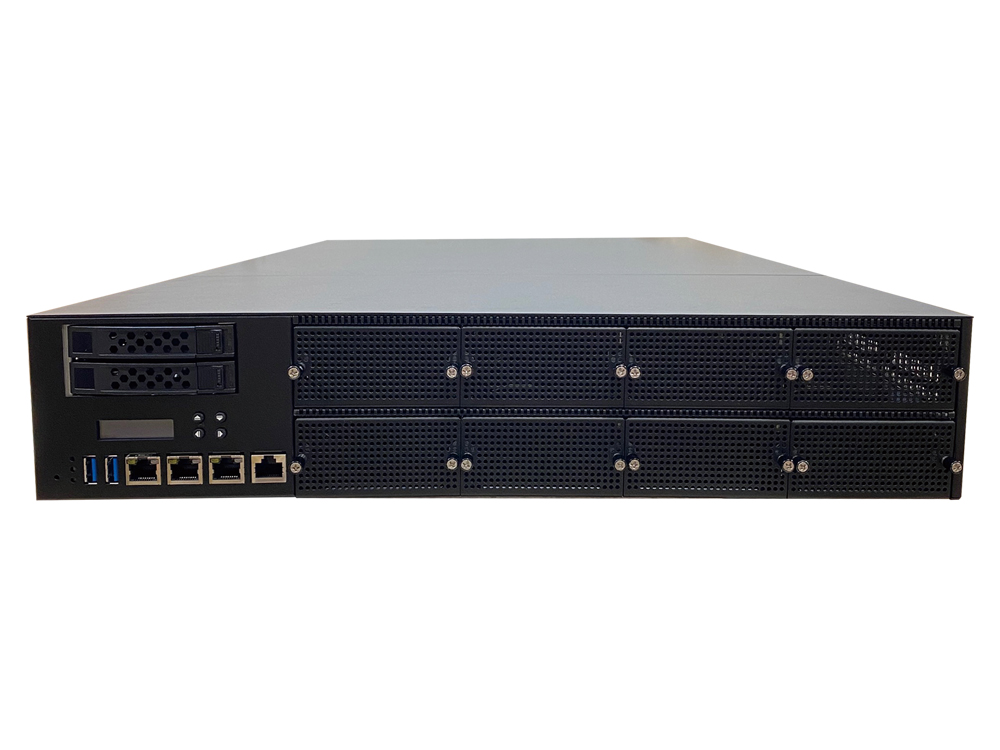In today's rapidly evolving cybersecurity landscape, enterprises require advanced network security solutions that can provide comprehensive protection across their network infrastructure. Extended Detection and Response (XDR) is a comprehensive cybersecurity approach that expands upon traditional detection and response capabilities to provide enhanced protection against advanced threats across multiple attack vectors.
Why XDR?
Unlike traditional security solutions that focus on siloed detection and response within individual security layers (e.g., endpoints or cloud, network or applications), XDR integrates data from various sources across the entire IT environment, providing more comprehensive visibility and actionable insights into security incidents.
Below are key distinctions showcasing the advantages of XDR over traditional methods:
Contextual:
Traditional solutions often deliver isolated alerts without sufficient context, requiring manual investigation. XDR analyzes data across different layers of the IT environment, offering contextual insights into attackers' tactics and facilitating a more informed response.
Proactive:
While traditional solutions rely heavily on manual processes, XDR leverages automation and AI machine learning to swiftly identify and respond to threats. Automated playbooks in XDR execute predefined actions based on threat severity, reducing response times and allowing security teams to focus on strategic tasks.
Real-time:
raditional solutions may lack real-time monitoring capabilities, making it challenging to detect and respond to threats promptly. XDR provides continuous threat detection in real-time, enabling proactive identification and mitigation of threats as they emerge.
Scalable:
Traditional solutions may struggle to adapt to evolving threats and scale with expanding IT infrastructures. XDR solutions are designed to adapt to new threats and scale seamlessly, ensuring consistent protection across dynamic environments.
Cloud-native:
Traditional solutions may not effectively secure cloud-based systems and remote work scenarios. XDR is tailored to handle diverse environments, including cloud environments and remote devices, ensuring robust security measures across distributed infrastructures.
AI-powered Network Security Appliances
Lanner provides AI-powered network security appliances that can deliver better results for XDR solutions. By combining high computing power, high throughput, and AI acceleration, these AI-accelerated network security appliances empower XDR solution providers to enhance their security posture through proactive threat detection, rapid incident response, and unified visibility.
Designed specifically for AI-powered network security applications, Lanner’s NCA-6530 is a high-performance 2U 19” rackmount network security platform with dual 5th Gen Intel Xeon Scalable processors (codenamed Emerald Rapids-SP), featuring max. 1536GB of system memory, 8x NIC modules for expansion, and dual PCIe slots for Intel® Data Center GPU Flex AI accelerators.
The NCA-6530’s compatibility with dual Intel® Data Center GPU Flex 170 makes available of handling complex AI workloads, such as real-time threat detection, automated incident response, and AI model continuous inferencing and training.
Conclusion
In conclusion, the use case of enabling AI-powered XDR services using Lanner NCA-6530 and Intel® Data Center GPU Flex 170 exemplifies a transformative approach to cybersecurity. By leveraging the advanced capabilities of AI and high-performance computing, organizations can enhance their XDR services to proactively detect and respond to security threats effectively, enabling security teams to identify and mitigate threats with greater speed and accuracy.







